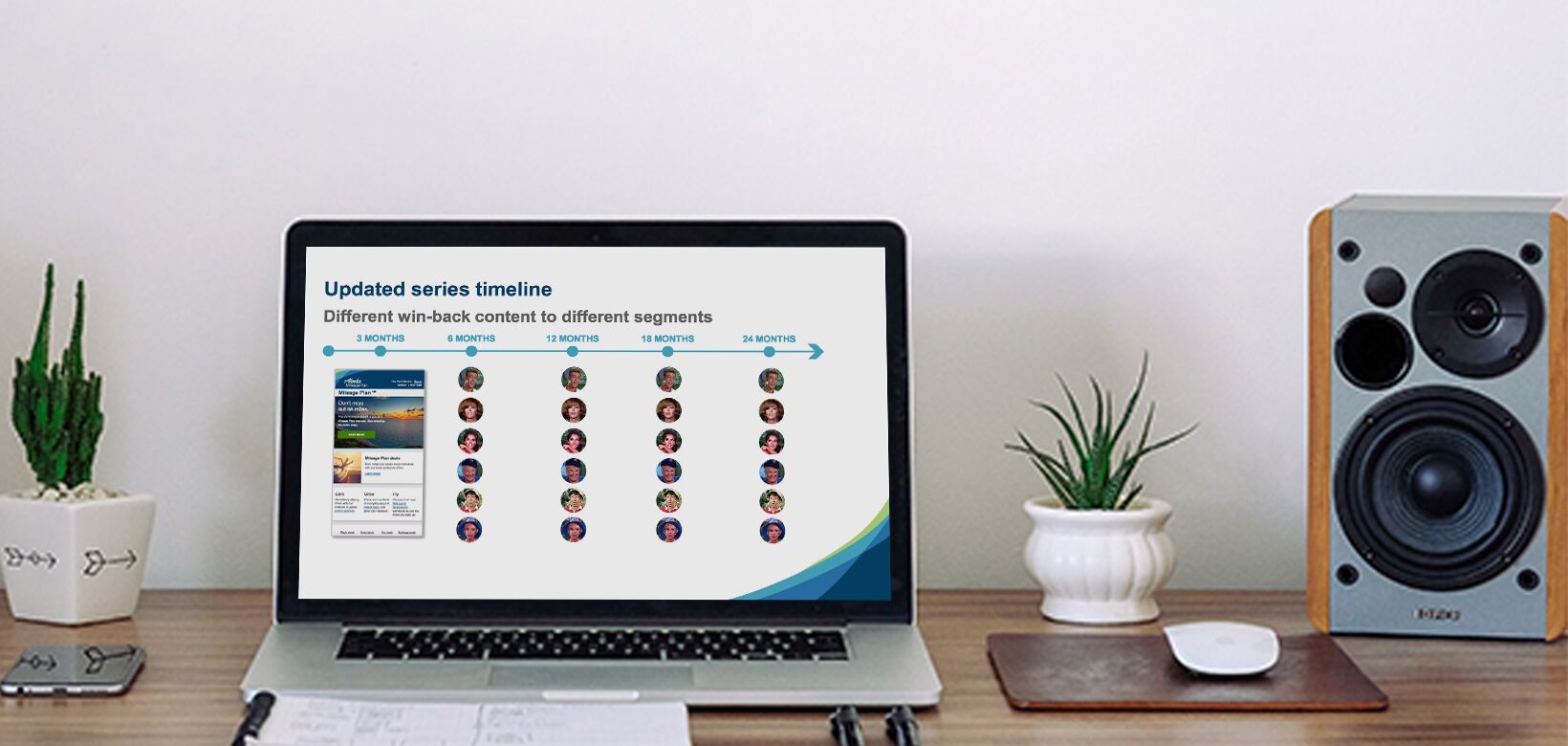You may be saying to yourself “another post about a re-engagement program that doesn’t generate high revenue or engagement.” This post is not about a traditional re-permission program – it’s about how using segmentation and planning can get to the right person at the right time and keep your audience coming back for more.
Sending a traditional re-engagement campaign is a great way to ensure top-notch deliverability and keep your list clean; however, there are many other activities that you should be monitoring for lapsed behavior. Some include; purchase, loyalty program usage, website interaction, promotion usage and many more. One thing to note is that if you focus only on the traditional one size fits all approach, you’re going to leave a lot of opportunity on the table. To avoid this, know that early activation is key! Be sure to target at the first signs of lapse – not just when they are completely unengaged.
Creating a multi-dimension program can seem daunting, but I’ve put together a few steps to make it easier in this process:
#1: Create personas for segmentation
Think of the key behaviors that you want to focus on for the lapse program. For Alaska Airlines, they created personas on booking activity, email activity, and loyalty status. Then, they combined the different behaviors to come up with six individual segments for the program.
#2: Plan a messaging matrix
With several segments and messages things can quickly become complicated. Create a message matrix with segments and number of touches in the program and plan your messaging based on what you want the user to do next.
This will allow you to see the big picture and progression, looking holistically at the flow for redundancy and gaps.
#3: Leverage data to understand timing
Look at your contacts and their engagement markers to set a cadence. When does one typically drop off after signing up for the program? It’s also dependent on the type of product you’re selling. If your sales cycle is shorter, you may want to start your win-back program earlier. If you have a longer sales cycle, like travel or luxury goods, you may notice that your contacts need more time for consideration. This is also an opportunity to test timing for conversion and engagement.
#4: Continued optimization
For optimal performance, tweak and test the program over time. Consider the following tests:
- Offer tests
- Subject line tests
- Timing between messages
- Frequency for reminders
- Content and CTAs
#5: Adhere to best practices
My number one best practice is to provide time and opportunity to re-engage! A 2015 Return Path study found that 45 percent of recipients, who received win-back emails, read subsequent messages. And of that 45 percent, just 24 percent had read win-back emails. Conversely, of the 45 percent who read subsequent messages, 76 percent had not read any win-back messages (Source: Email Win-back Programs Report. Return Path. February 2015.)
The point here is to watch for all signs of life, even on other emails outside of the re-engagement program.
Watch the webinar “Casting a net for castaways: Alaska Airlines’ win-back program” for results from Alaska Airlines and more tips.


